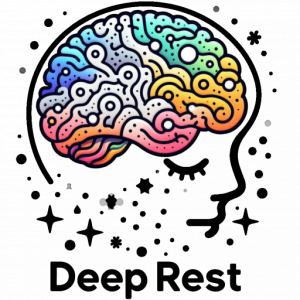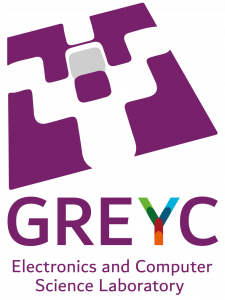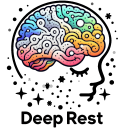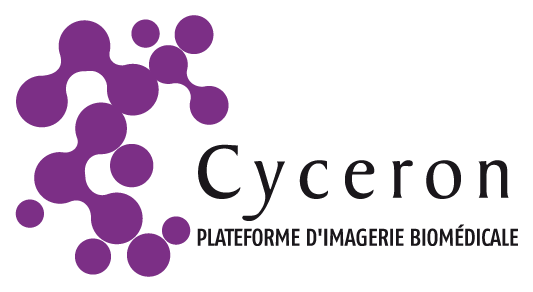DeepRest Project
ANR funded project (ANR-24-CE19-4467) .
Improving the clinical value of resting state functional MRI by detecting patient drowsiness

Abstract
Today, resting-state functional MRI (rs-fMRI) has the potential to become an indispensable tool for the early diagnosis of certain brain pathologies. However, the accuracy of this tool is still limited by the existence of a few factors such as drowsiness. We have recently demonstrated that drowsiness can profoundly affect the measurement of brain connectivity and, worse, that the use of different existing correction techniques leads to different cognitive messages Unfortunately, rs-fMRI helps drowsiness along, making it difficult to use this test for personalized medicine. Following on from our work, the DeepRest project aims to develop a new brain imaging tool based on a machine learning approach for the detection of drowsiness during these medical examinations, to improve their sensitivity and specificity. This tool, designed jointly, will be evaluated on a large cohort of patients (notably for medical follow-up purposes) and will be integrated into the SWOMed solution developed by the industrial partner Fealinx.
Partenaires
The UMR-S 1075 COMETE develops methods and technologies for health by studying fundamental neurophysiological processes involved in mobility and cognition. Within this team, Olivier Etard (project coordinator), Elpidio Attoh Mensah and Clément Nathou are specifically in charge of the physiological aspects of the project, including the multimodal database constitution and validation for the classifier development and the multimodal dataset acquisition for the final validation.

Partner FEALINX is a French SME (50 collaborators, Turnover: 10M€, R&D: 11% Turnover), its main activity is the design and deployment of Information and Data Processing Systems for Manufacturing and Biomedical Industries, its customers’ portfolios range from automotive to medical implants manufacturers. Fealinx is currently involved in data management & analysis in the RHUs PsyCARE, SHIVA and the PSPC Pacific. The project leader for this project, Philippe Boutinaud (PhD), is Innovation & Technical Director at FEALINX.
Partner IMN/GIN (UMR5293) is a multidisciplinary research team gathering scientists from various domains: mathematics, medical imaging, cognitive neurosciences. The project leader of this team, Marc Joliot (PhD), is a research director of the CEA and an expert in multimodal neuroimaging (PET, fMRI, MEG, EEG). The primary focus of his research is on the specific multi-scale pattern of human brain regional functional connectivity organization observed during the resting state in functional magnetic resonance imaging. The research is directed at studying the variability of the resting and also the task-induced state organization across the population (using demographic and cognitive skill markers) or the mental content (using a resting state questionnaire, RESQ). The second focus is on the development of new methodology in bioimaging data analysis and management: Tools for neuroimaging analysis, such as the AAL atlas, a Multi-scale Independent Component Clustering Algorithm (MICCA), BIOMIST database, and cerebral small vessel diseases segmentation algorithm in the course of the RHU SHIVA and the recently obtained IHU VBHI. The third focus is on population imaging with implications in the acquisition and analysis of imaging cohorts BIL&GIN, MRI-SHARE and SHIVA. As the co-PI (with Fealinx) of the LABCOM Ginesislab project, he develops deep learning-based methodologies to analyze imaging databases.

The Groupe de Recherche en Informatique, Image et Instrumentation de Caen (GREYC) brings together all the university research teams in computer science and electronics in Caen, and comprises six teams, including the Image team, which focuses on signal and image processing and analysis. The team’s recognized expertise in these areas is complemented by more fundamental research into models, and in particular deep learning techniques. The team is renowned for its skills in non-Euclidean and/or multimodal data analysis. In this context, Luc Brun and Alexis Lechervy have recently proposed original and effective methods for classifying brain activity using covariance matrices between EEG electrodes. The originality of this method consists in combining recent and efficient deep learning techniques, while allowing the interpretation of any intermediate matrix produced by the model as a covariance matrix.





